Okra Plant Varieties: Learn About Different Types Of Okra Plants
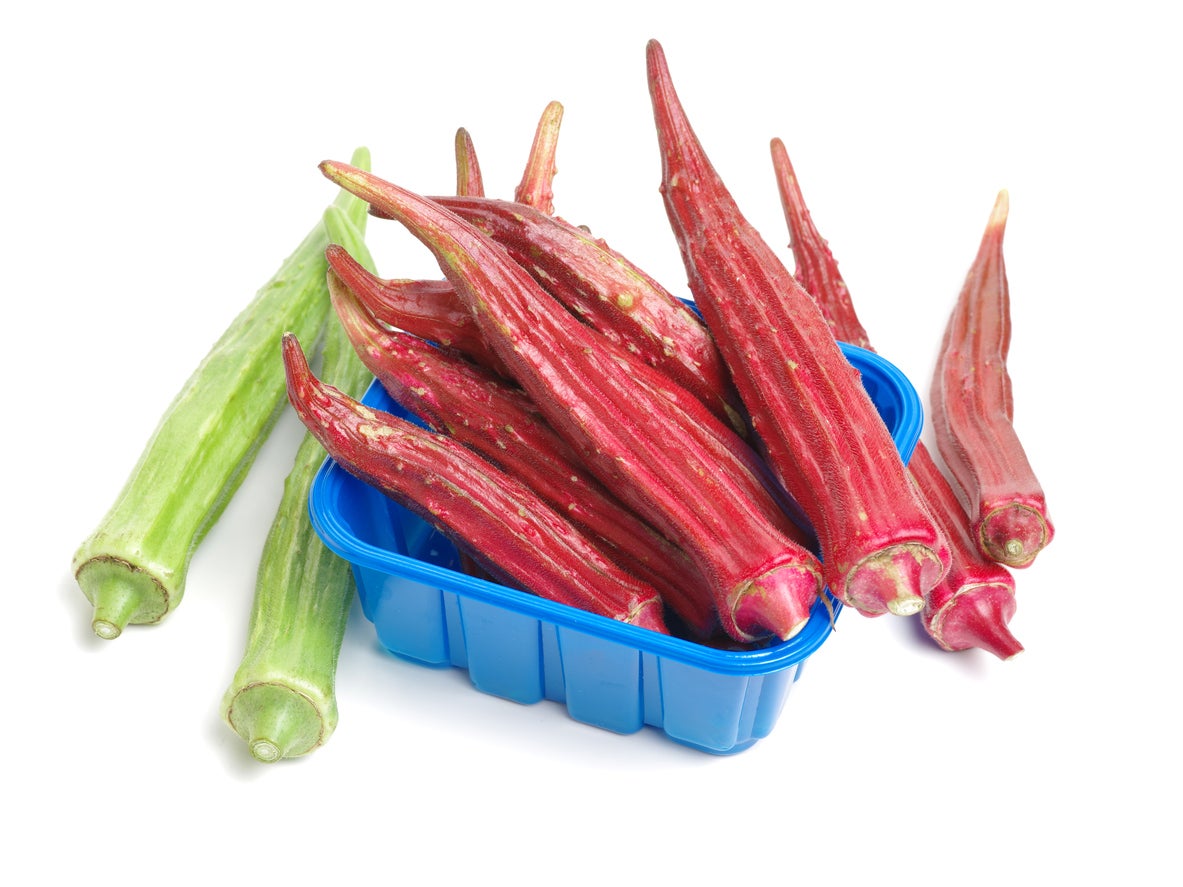

If you love gumbo, you may want to invite okra (Abelmoschus esculentus) into your veggie garden. This member of the hibiscus family is a pretty plant, with showy purple and yellow blossoms that develop into tender pods. While one variety dominates the okra seed sales, you may also enjoy experimenting with other types of okra. Read on to learn about the different okra plants and tips on which kinds of okra might work well in your garden.
Growing Different Kinds of Okra Plants
You might not appreciate being called “spineless,” but it’s an attractive quality for okra plant varieties. The most popular of all the different okra plants is Clemson Spineless, one of the types of okra with very few spines on its pods and branches. Clemson Spineless plants grow to around 4 feet (1.2 m.) tall. Look for pods in about 56 days. The seeds for Clemson are fairly inexpensive and the plants are self-pollinating.
Several other okra plant varieties are also popular in this country. One that is especially attractive is called Burgundy okra. It has tall, wine-red stems that match the veining in the leaves. The pods are large, crimson and tender. The plant is very productive and gets to harvest in 65 days.
Jambalaya okra is equally productive, but one of the more compact kinds of okra. The pods are 5 inches (13 cm.) long and ready to harvest in 50 days. They are reputed to be excellent for canning.
Heritage okra plant varieties are those that have been around a long time. One of the heritage types of okra is called Star of David. It is from the Eastern Mediterranean; this okra grows taller than the gardener tending it. The purple leaves are attractive and the pods are ready for harvest in two months or so. Look out for the spines, however.
Other heirlooms include Cowhorn, growing to 8 feet (2.4 m.) tall. It takes three months for the 14-inch (36 cm.) pods to come to harvest. On the other end of the height spectrum, you’ll find the okra plant called Stubby. It only gets to just over 3 feet (.9 m.) tall and its pods are stubby. Harvest them when they are under 3 inches (7.6 cm.).
Gardening tips, videos, info and more delivered right to your inbox!
Sign up for the Gardening Know How newsletter today and receive a free copy of our e-book "How to Grow Delicious Tomatoes".

Teo Spengler is a master gardener and a docent at the San Francisco Botanical Garden, where she hosts public tours. She has studied horticulture and written about nature, trees, plants, and gardening for more than two decades. Her extended family includes some 30 houseplants and hundreds of outdoor plants, including 250 trees, which are her main passion. Spengler currently splits her life between San Francisco and the French Basque Country, though she was raised in Alaska, giving her experience of gardening in a range of climates.
-
 Looking For Plants To Give You The Soft And Fuzzies? Try These 5 Fuzzy Leaf Plant Options
Looking For Plants To Give You The Soft And Fuzzies? Try These 5 Fuzzy Leaf Plant OptionsLovers of texture, drama, silver foliage and tactile plants will adore these special sensory garden additions. These fuzzy leaf plant options will leave you all aglow
By Susan Albert
-
 Get Ready For A Summer Of Hummers! Grow These Full Sun Hummingbird Plants and Flowers
Get Ready For A Summer Of Hummers! Grow These Full Sun Hummingbird Plants and FlowersIf you’re lucky enough to enjoy a sunny backyard, make sure you are maxing out on your pollinator opportunities and grow these full sun hummingbird plants and flowers
By Tonya Barnett
-
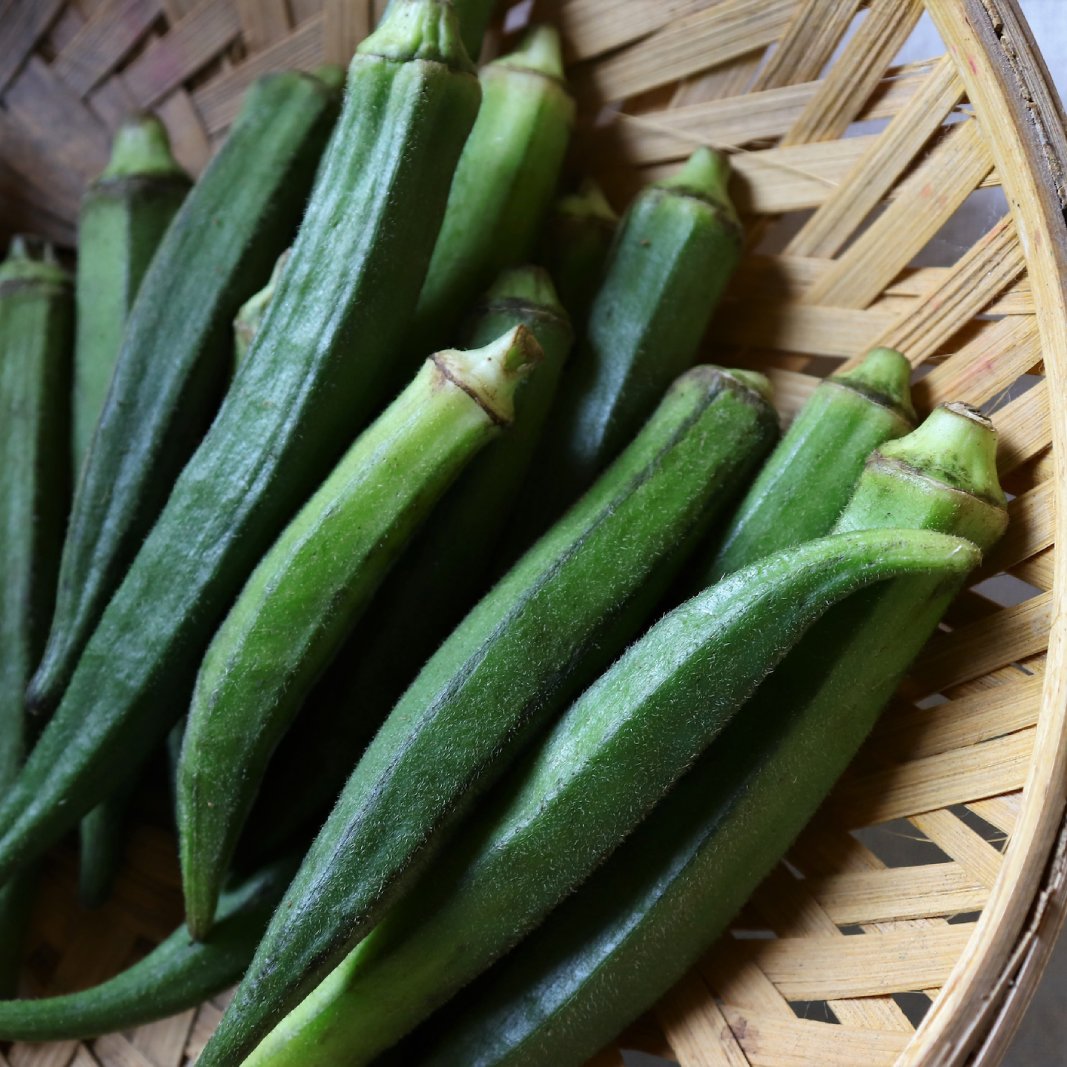 How To Store Okra After Picking
How To Store Okra After PickingLearn how to store fresh okra for up to a year by canning or freezing the harvest. For short-term storage it can go in the refrigerator for two or three days.
By Susan Albert
-
 Edible Okra Leaves – Can You Eat The Leaves Of Okra
Edible Okra Leaves – Can You Eat The Leaves Of OkraMany northerners may not have tried it, but okra is quintessentially southern and linked to the cuisine of the region. Even so, many southerners typically just use the okra pods in their dishes, but what about eating the okra leaves? Can you eat the leaves of okra? Find out here.
By Amy Grant
-
Okra Charcoal Rot Information: Learn About Treating Okra Charcoal Rot
Charcoal rot can be a devastating disease for a number of crops, causing rot in the roots and stems, inhibiting growth, and lowering yield. Charcoal rot of okra has the potential to wipe out that section of your garden and even infect other vegetables. Learn more here.
By Mary Ellen Ellis
-
Treating Blight On Okra Plants: Recognizing Southern Blight In Okra Crops
There are times when even the most ardent lover of okra is left with a bad taste in their mouth – and that is when there is blight on okra plants in the garden. Just what is okra southern blight and how do you treat okra with southern blight? Click here to find out.
By Shelley Pierce
-
Cotton Root Rot Of Okra: Managing Okra With Texas Root Rot
Cotton root rot of okra, is a nasty fungal disease that attacks many species of plants. The disease, which favors highly alkaline soils and hot summers, is limited to the Southwestern United States. Learn what you can do about okra with Texas root rot in this article.
By Mary H. Dyer
-
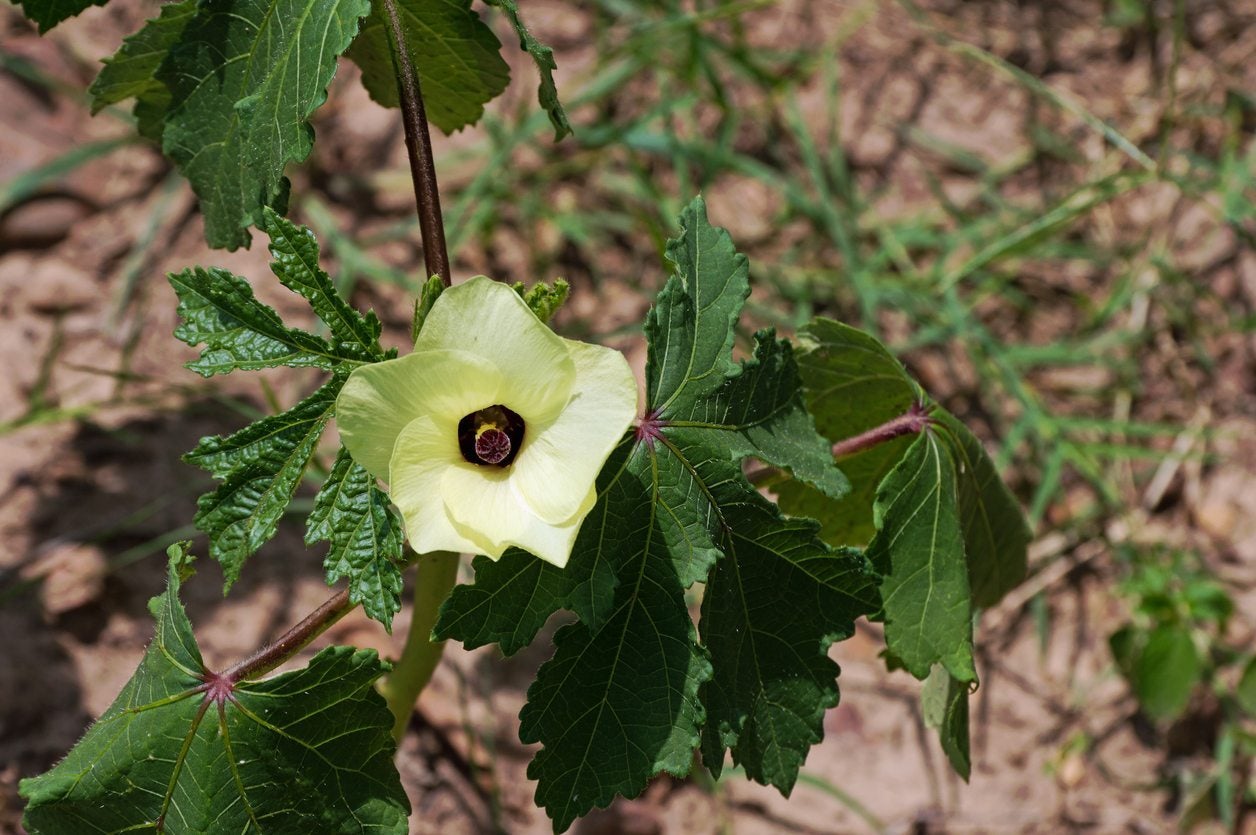 My Okra Flowers Are Falling Off: Reasons For Okra Blossom Drop
My Okra Flowers Are Falling Off: Reasons For Okra Blossom DropOkra is a beloved vegetable, partly because it can live and produce happily even in extreme heat. Because it's usually so reliable, it can be especially frustrating if your okra plant doesn't produce like it should. One such problem is okra blossom drop. Learn more here.
By Liz Baessler
-
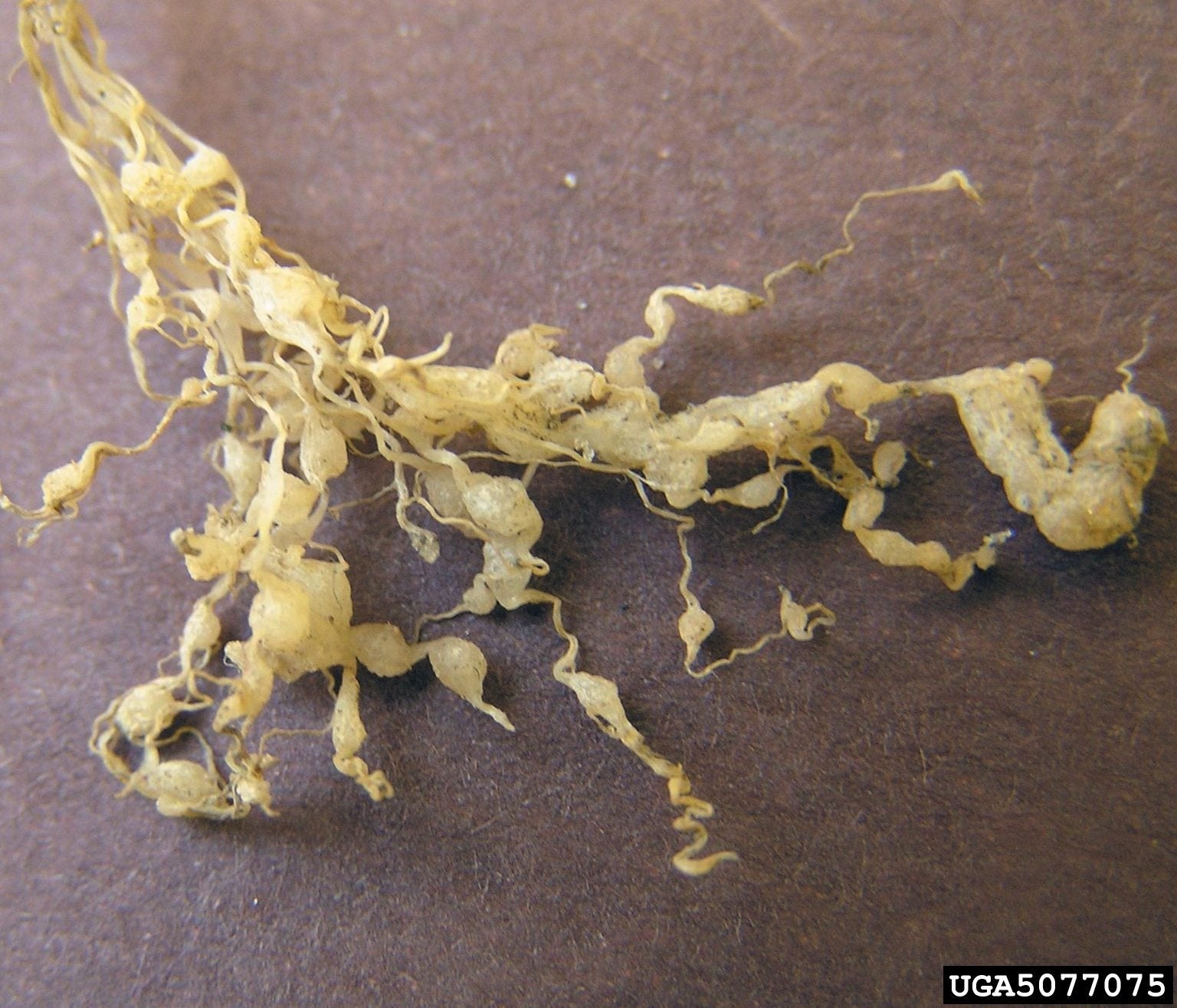 Nematode Okra Problems – Treating Okra With Root Knot Nematodes
Nematode Okra Problems – Treating Okra With Root Knot NematodesSouthern Americans are not the only ones who love their okra; okra root knot nematodes have a penchant for it as well. Okra with root knot nematodes can cause serious losses. How can root knot nematodes on okra be managed? This article can help with that.
By Amy Grant
-
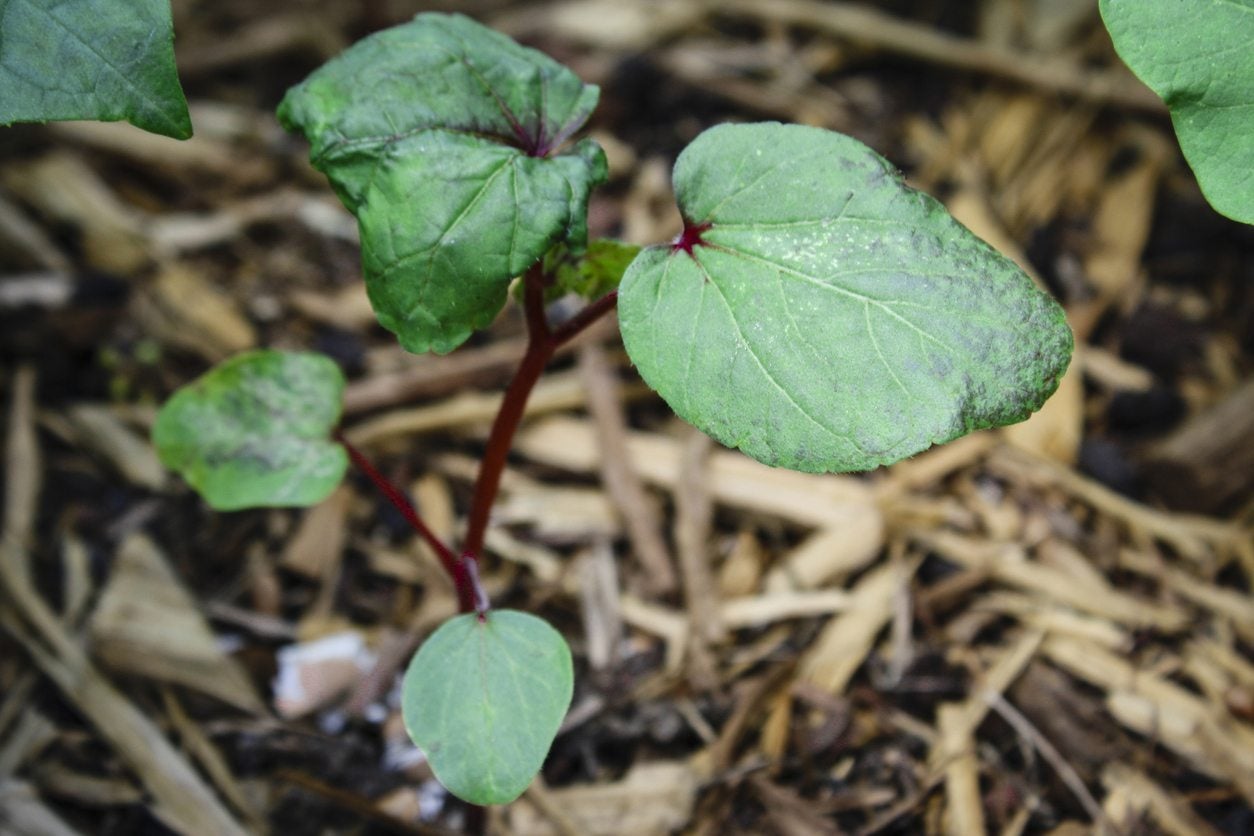 Okra Seedling Diseases: Managing Diseases Of Okra Seedlings
Okra Seedling Diseases: Managing Diseases Of Okra SeedlingsIf your okra seedlings are dying, then let this article take the "oh crud" out of okra cultivation and learn more about some of the more common okra seedling diseases and prevention. Click here for more information.
By Shelley Pierce